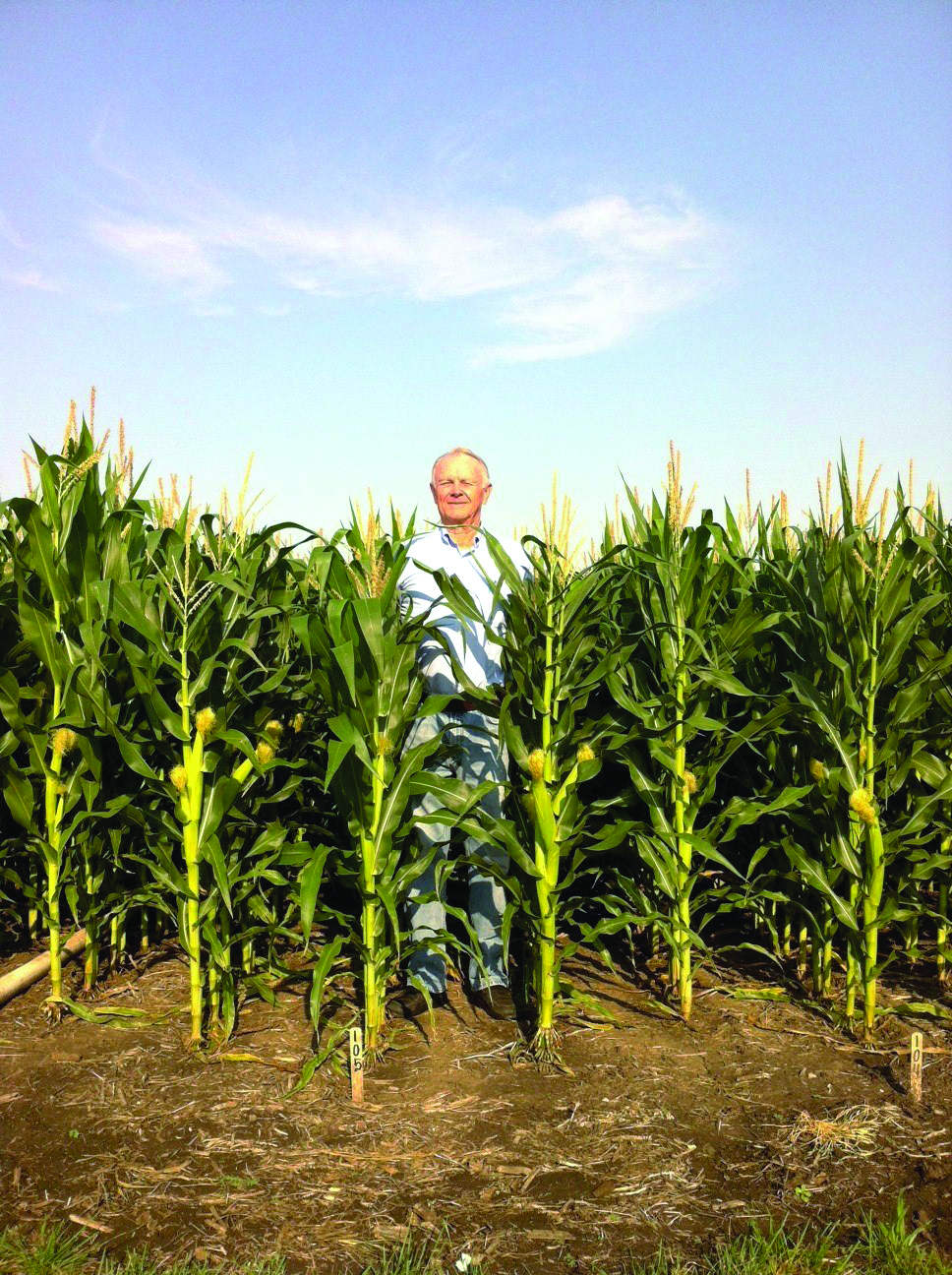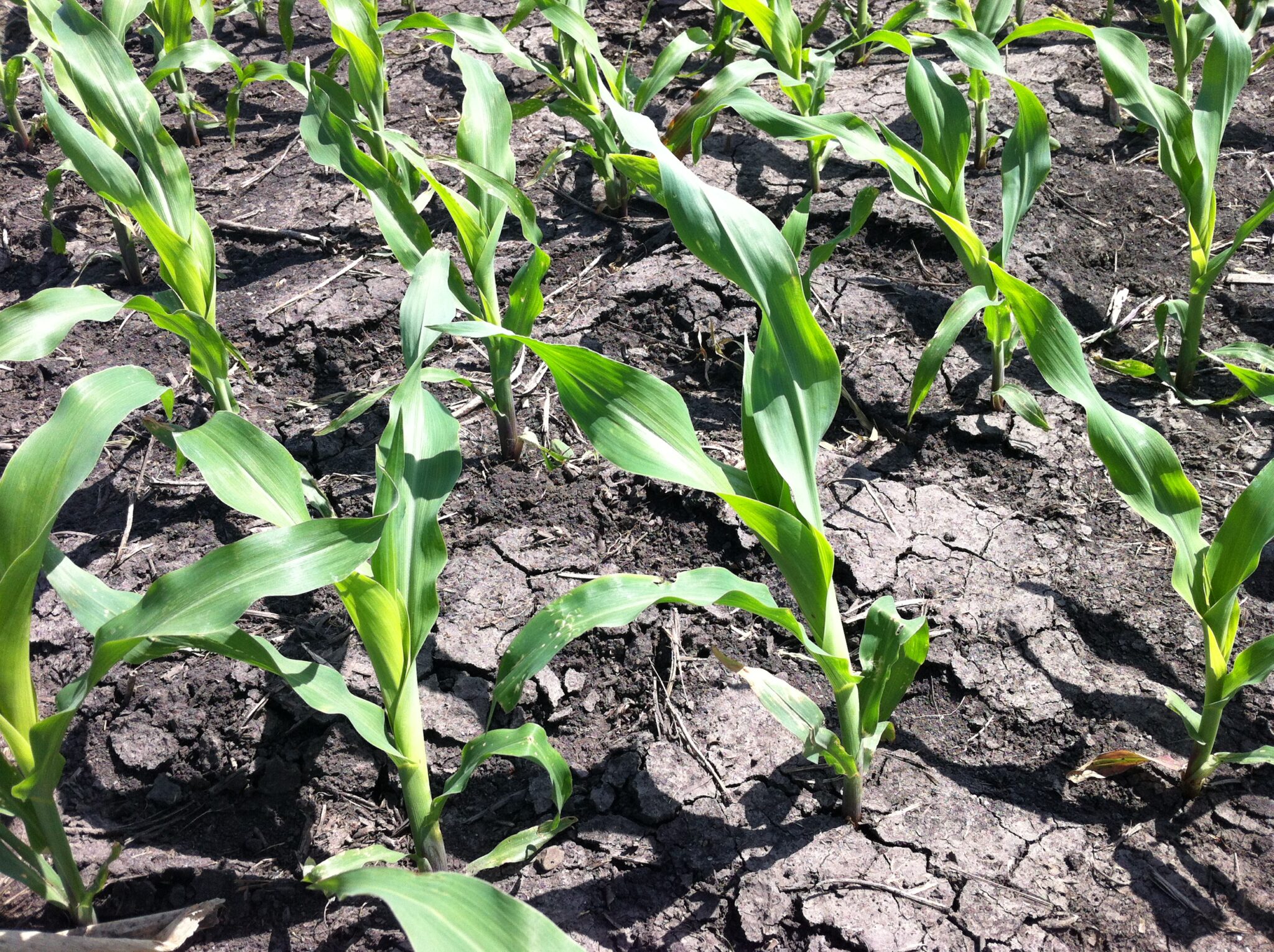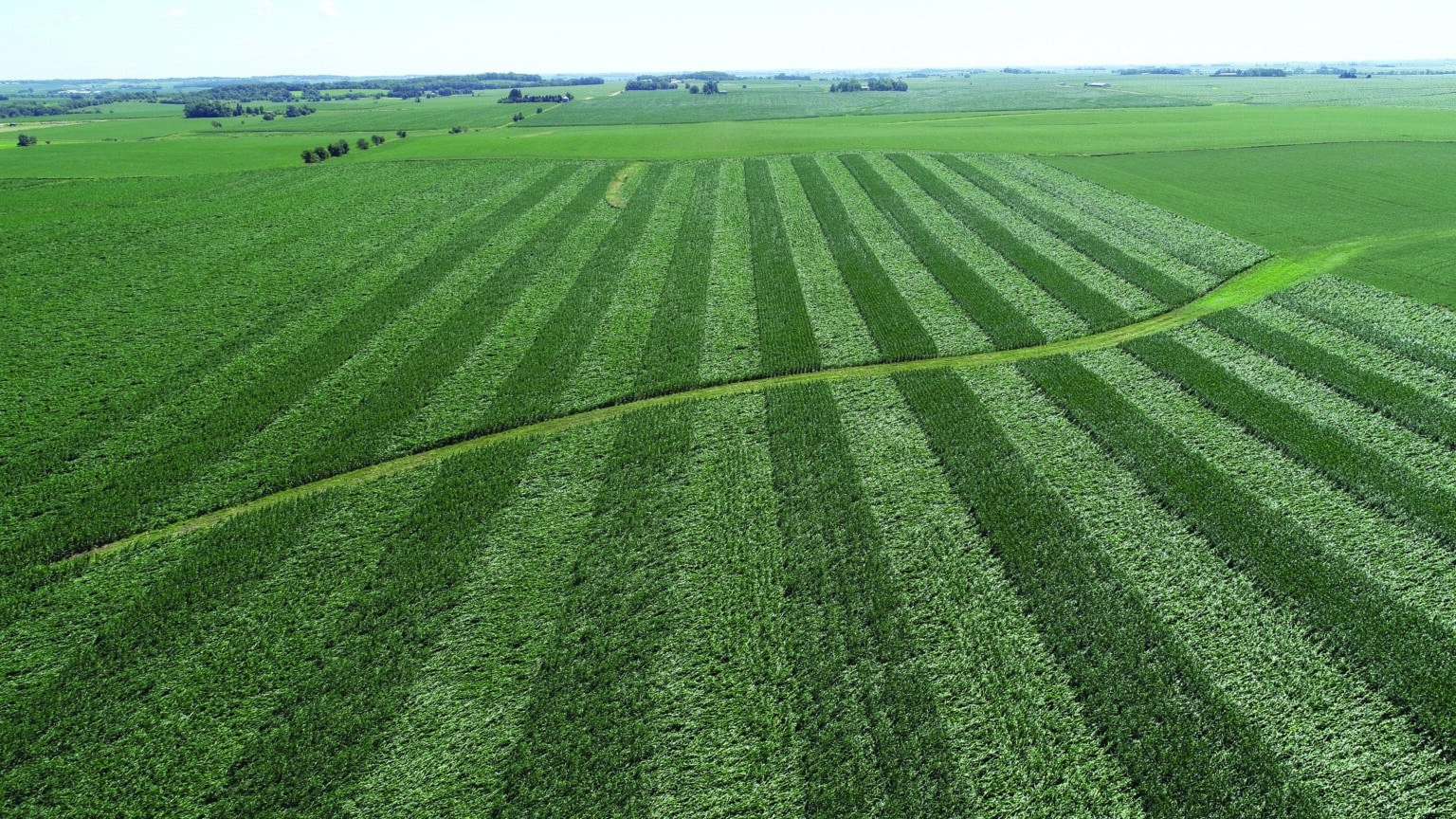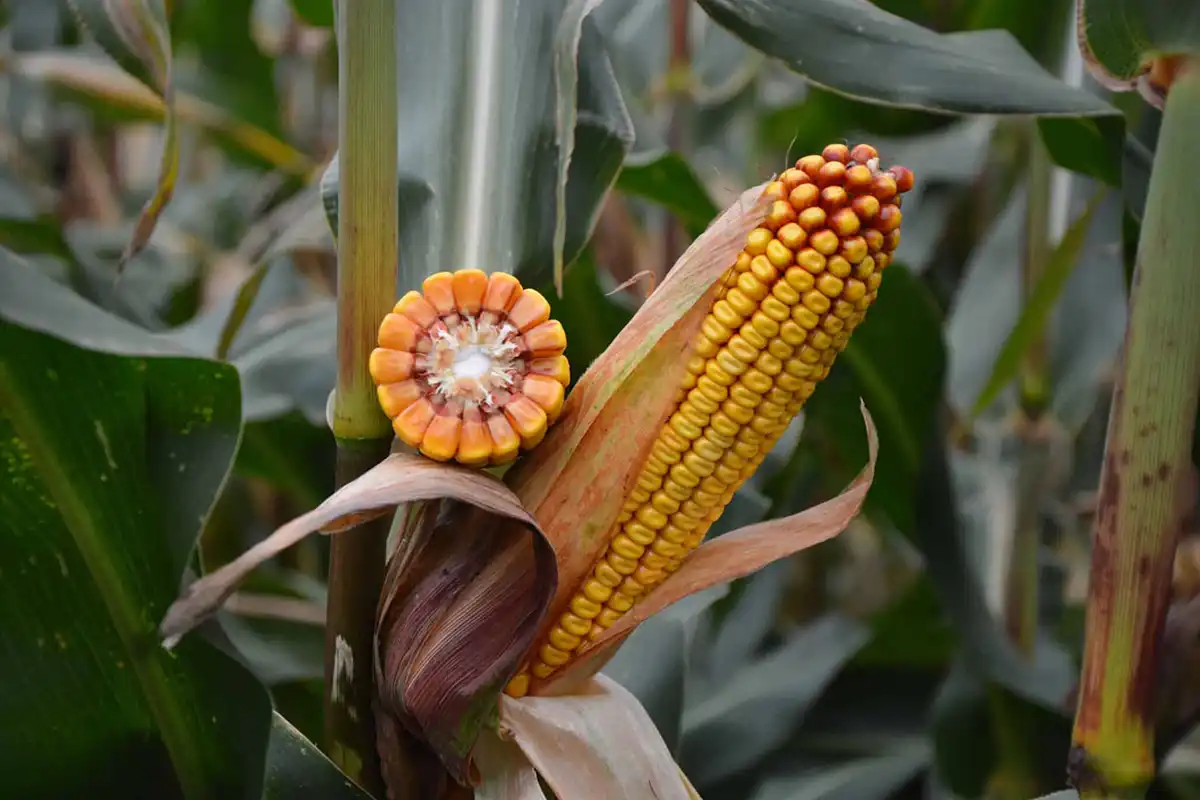Denser and short-statured corn is believed by many in the agriculture industry to be a path to better sustainability.
In our changing climate, feeding a growing world population will require many solutions, one of which may include short-statured corn.
Bryan Leake is director of external communications for Bayer Crop Science, North America. He believes short-statured corn varieties can stand up better against increasingly frequent significant weather events and may help growers mitigate crop loss, while enabling them to be more prescriptive in their use of inputs.
“Shorter plant architecture enables increased opportunities to unlock yield potential and could lead to more efficient use of key resources while minimizing annual crop losses due to lodging and greensnap,” he says.
David Thompson, national marketing and sales director at Stine Seed Company near Adel, Iowa, says improved genetics, when coupled with the right cultural practices and agronomic expertise, can help increase per-acre yields so growers can maximize production on currently available land.
“Our goal was never to create shorter corn,” he says. “Our goal from the beginning has always been to create higher-yielding corn. By focusing on yield and standability, while eliminating potential ‘cheat’ factors such as shading effect in two-row plot trials, our corn genetics have been shifting to be generally shorter than historical averages. This trend has been ongoing for more than three decades.”
Short Crop Advantages
Shorter corn may have a variety of advantages such as:
- reduced risk of lodging and subsequent down corn;
- improved spacing interval between the tassel and the uppermost ear to help improve pollination;
- the opportunity to plant at higher densities (where the genetics support this), increasing the leaf surface area per acre (for maximum photosynthesis) as well as the number of ears per acre, resulting in higher yield;
- narrowed row spacing and increased plant populations, while simultaneously improving equidistant plant spacing (the amount of space a corn plant has on all four sides);
- improved in-season access for spraying or other purposes; and
- improved erosion control: as rows narrow and canopy density becomes thicker and more consistent, raindrops are less likely to land on bare soil. Equidistant plant spacing may also lead to less water “channeling”, which can potentially reduce erosion.
Thompson emphasizes that shorter corn does not necessarily require lower nutrient input levels.
“A certain amount of nutrients — such as nitrogen — are required to generate a bushel of corn,” he says. “That figure is basically the same whether corn is tall or short. However, shorter corn can allow growers to apply with greater precision and timelier in-season applications, which could lead to efficiencies.”

Grower Benefits
Annual corn yield losses in the U.S. due to lodging and greensnap range from 2%-75% depending upon growth stage, amount of breakage and other factors.
Leake says that, in addition to benefits including pest protection, access, yield potential and season-long access, short-statured corn decreases this kind of weather-related production risk.
“There is a reduced risk of losses from high winds and challenging weather conditions,” Leake says. “Short-stature corn hybrids significantly increase tolerance to lodging and greensnap, withstanding wind gusts up to at least 50 mph.”
The reduced plant height of short-statured corn hybrids also provides growers the flexibility to further optimize and prescribe fertility, pest and disease management with standard ground equipment.
“Season-long access provides a more precise and timely application of crop protection and other inputs when the crop needs them most or when field conditions allow,” Leake adds.
With respect to yield potential, Leake says the production stability of their Smart Corn System provides growers with more flexibility, peace of mind and reduced overall business risk.
“The root systems of breeding trait short stature corn hybrids have demonstrated the potential to explore more soil volume faster, which could lead to increased stress tolerance, better utilization of nutrients and water, and greater yield stability,” adds Leake.

Not All Created Equal
Thompson says not all hybrids are equally created when it comes to plant height reducing overall biomass or influencing ear size.
“Generally speaking, corn that is 10% shorter and planted at the same population as taller corn should result in a net reduction of per acre biomass,” he explains. “However, one of the main advantages of shorter corn can be the opportunity to plant that corn at higher densities to maximize leaf surface area and sunlight interception. So, corn that is 10% shorter but planted 10% thicker would likely result in a similar per acre biomass.”
When it comes to ear size, planting density influences some genetics, specifically, the ones often referred to as ‘flex-eared’, to a certain degree. However, modern genetics have become more adaptable to changes in row width and population, especially if the breeder is in tune with that trend.
“While increasing populations could cause a slight reduction in ear size,” Thompson says, “that reduction can be overcome by the resulting increase in total ears per acre when using a high-yield, high-density planting scheme.”
With respect to the current status of non-GM varieties that are already in trials in the United States, Leake says Bayer’s current trials with farmers have gone very well this season.
“We are planning for a targeted commercial introduction of the Preceon Smart Corn System featuring our breeding trait,” he says.
Thompson says the concept of shorter, high-population corn is nothing new to Stine Seed Company.
“We began selling a designated line of ‘HP [high population] corn’ hybrids in 2014,” he says. “Since that time, the company has marketed to growers more than 120 lines that are considered either short stature and/or high population. In that way, the idea is not a theory, but rather actual products that we are selling today. We have versions that are conventional genetics, as well as herbicide-traited and insect-traited versions.”
What’s Next?
As for what can be expected over the next decade in terms of short-statured crops, Leake says Bayer is focused on bringing short-statured corn systems to markets around the globe.
Thompson says Stine Seed Company has been on the forefront of advocating for shorter corn that growers can plant at higher densities to maximize yields.
He says the company is pleased that the industry is recognizing this trend as the future for corn production.
“We will continue to breed and develop new, higher-yielding corn lines into the future,” he says. “We will not place any stipulations on height, but rather will let yield and standability inform our decisions.”











